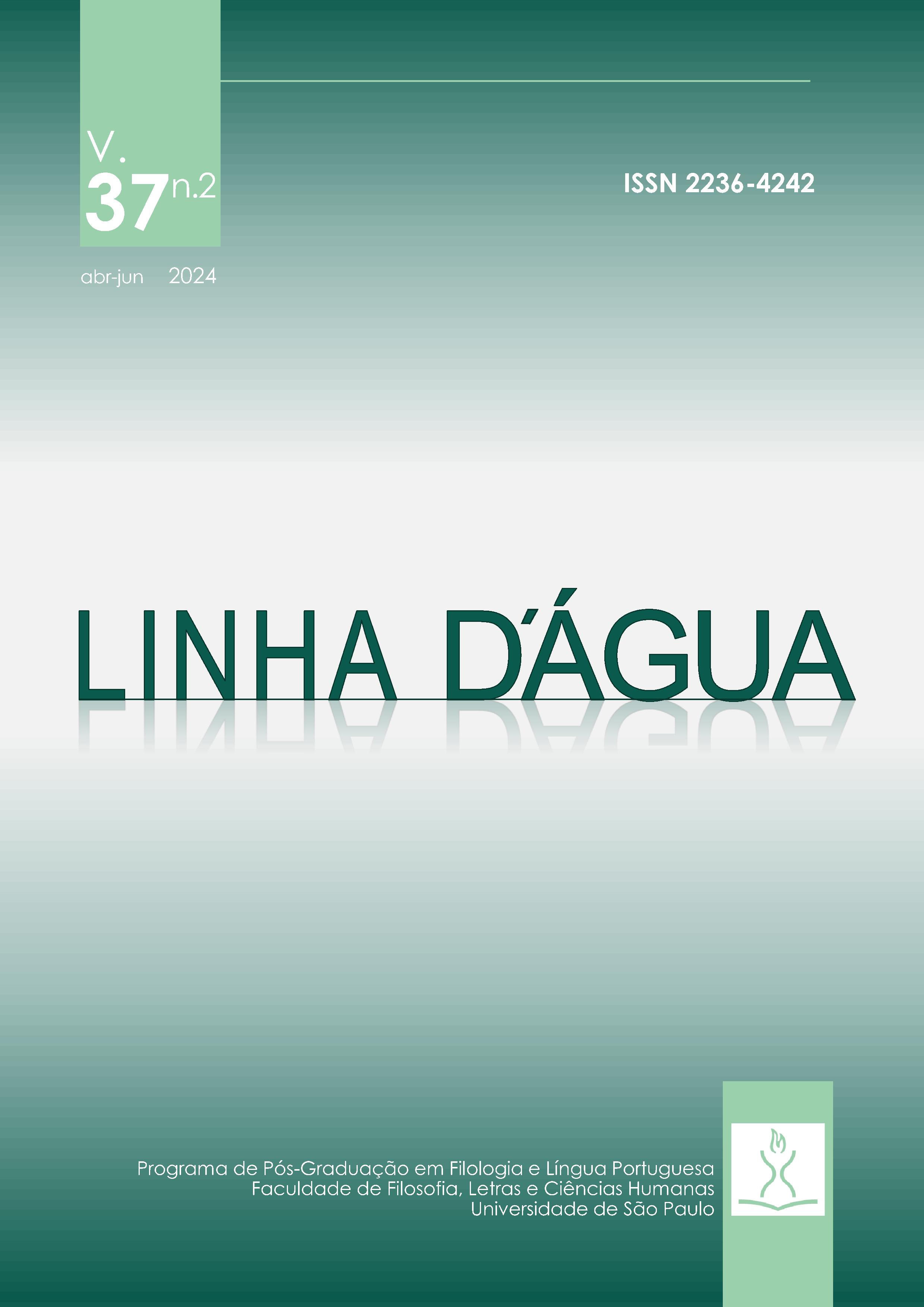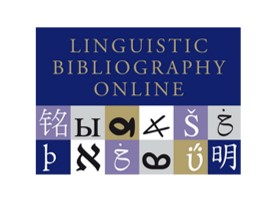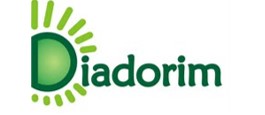“It is important that you do not take more pills than you have been told to take”: linguistic strategies of pharmaceutical industry for release of liability in information leaflets
DOI:
https://doi.org/10.11606/issn.2236-4242.v37i2p235-251Keywords:
Comprehensibility, Plain language, Product liability, Pragmatics, Discourse AnalysisAbstract
Legally, pharmaceutical companies are responsible for any damage, injury or harm caused to the user by their products. However, the language present in product warnings (Dumas, 1990; Shuy, 1990; Tiersma, 2002) and in patient information leaflets (PIL) (van der Waarde, 2008; Hagemeyer & Coulthard, 2017) seem to protect manufacturers from possible litigation, transferring responsibility to the consumer or user. Therefore, using both a pragmatic and discoursive analysis approach, we aim to investigate which linguistic strategies in European Portuguese (EP) acquit pharmaceutical companies from holding liability for the users’ actions. The qualitative analysis of a corpus of 20 PIL in EP reveals that the use of passive voice, impersonal constructions, attenuation of directive acts, declarative sentences with imperative value and vague language represent intentional strategies for pharmaceutical companies to protect themselves from possible litigation. Additionally, the comprehensibility of the text is further compromised by grammatical inconsistencies, the constant calculation of inferences and the presence of technical terms, “medicalese”.
Downloads
References
ASKEHAVE, I.; ZETHSEN, K. Mandatory genres: The case of European Public Assessment Report (EPAR) summaries. Text & Talk - An Interdisciplinary Journal of Language, Discourse Communication Studies, [s. l.], v. 28, n. 2, p. 167–191, 2008. DOI: https://doi.org/10.1515/TEXT.2008.008.
BIANCO, A. Informa(c)tion: How to do things with medicine information leaflets. Lingue e Linguaggi, [S. l.]: University of Salento, v. 15, p. 27-52, 2015. DOI: https://doi.org/10.1285/I22390359V15P27.
BIANCO, A. Vaghezza, indeterminatezza e incertezza nei foglietti illustrativi dei medicinali in inglese e in italiano. Lingue e Linguaggi, [S. l.]: University of Salento, v. 19, p. 41-60, 2016. DOI: https://doi.org/10.1285/I22390359V19P41.
BURGERS, C.; BEUKEBOOM, C.; SPARKS, L.; DIEPEVEEN, V. How (not) to inform patients about drug use: use and effects of negations in Dutch patient information leaflets: USE AND EFFECTS OF NEGATIONS IN PILs. Pharmacoepidemiology and Drug Safety, [s. l.], v. 24, n. 2, p. 137–143, 2015. DOI: https://doi.org/10.1002/pds.3679.
CALAMUSA, A.; DI MARZIO, A.; CRISTOFANI, R.; ARRIGHETTI, P.; SANTANIELLO, V.; ALFANI; S.; CARDUCCI, A. Factors that influence Italian consumers’ understanding of over-the-counter medicines and risk perception. Patient Education and Counseling, [s. l.], v. 87, n. 3, p. 395-401, 2012. DOI: https://doi.org/10.1016/j.pec.2011.10.003.
CAVACO, A.; SANTOS, A. Avaliação da legibilidade de folhetos informativos e literacia em saúde. Revista de Saúde Pública, [s. l.], v. 46, n. 5, p. 918-922, 2012. DOI: https://doi.org/10.1590/S0034-89102012000500019.
CLEREHAN, R.; BUCHBINDER, R.; MOODIE, J. A linguistic framework for assessing the quality of written patient information: its use in assessing methotrexate information for rheumatoid arthritis. Health Education Research, [s. l.], v. 20, n. 3, p. 334–344, 2005. DOI: https://doi.org/10.1093/her/cyg123.
COMISSÃO EUROPEIA. Guideline on the readability of the labelling and package leaflet of medicinal products for human use. [S. l.: s. n.], 12 jan. 2009. Disponível em: http://ec.europa.eu/health/files/eudralex/vol-2/c/2009_01_12_readability_guideline_final_en.pdf. Acesso em: 26 mai. 2023.
COUTINHO, M. Texto(s) e competência textual. Tese (Doutorado em Linguística) – Universidade Nova de Lisboa, Lisboa, 2000. Disponível em: http://hdl.handle.net/10362/15753.
CUTTS, M. Making leaflets clearer for patients. Medical Writing, [s. l.], v. 24, n. 1, p. 14-19, 2015. DOI: https://doi.org/10.1179/2047480614Z.000000000271.
DELGADO, F. Regulamentação Europeia do Medicamento: Modelos de Governance das Autoridades Nacionais Competentes. Dissertação (Mestrado) – Faculdade de Farmácia, Universidade de Lisboa, Lisboa, 2020. Disponível em: http://hdl.handle.net/10451/52600. Acesso em: 30 mai. 2023.
DUMAS, B. Adequacy of Cigarette Package Warnings. In: LEVI, J.; WALKER, A. (ed.). Language in the Judicial Process. Boston, MA: Springer, 1990, p. 309-352. Disponível em: http://link.springer.com/10.1007/978-1-4899-3719-3_11. Acesso em: 9 mar. 2023.
GÖPFERICH, S. A Pragmatic Classification of LSP Texts in Science and Technology1. Target. International Journal of Translation Studies, [s. l.], v. 7, n. 2, p. 305-326, 1995. DOI: https://doi.org/10.1075/target.7.2.07gop.
GOTTI, M. Specialized discourse: linguistic features and changing conventions. Bern: P. Lang, 2003.
GRICE, P. Logic and Conversation. In: KIMBALL, J.; MORGAN, J.; COLE, P. Syntax and semantics. New York, San Francisco, London: Academic press, Harcourt Brace Jovanovich, 1975, p. 41-58.
GUIMARÃES, J. Marcadores discursivos em folhetos informativos de medicamentos: um olhar contrastivo entre o alemão e o português europeu. In: DUARTE, I.; PONCE DE LEÓN ROMEO, R. (ed.). Marcadores discursivos. O português como referência contrastiva. Frankfurt am Main Bern Wien: Peter Lang, 2020.
HAGEMEYER, C.; COULTHARD, M. On Product Warnings. Language and Law / Linguagem E Direito, [s. l.], v. 2, n. 1, p. 53-75, 2017. Disponível em: https://ojs.letras.up.pt/index.php/LLLD/article/view/2420.
IBRAHIM, H.; IDRUS, H.; FONG WOON, L. (ed.). Investigating the Syntactic Structures of Patient Information Leaflets. SHS Web of Conferences, [s. l.], v. 124, [s. p.], 2021. DOI: https://doi.org/10.1051/shsconf/202112401004.
MOTA, N. Análise do folheto informativo de medicamentos não sujeitos a receita médica para afeções comuns do trato gastrointestinal. Dissertação (Mestrado) – Universidade da Beira Interior, Covilhã, 2015. Disponível em: http://hdl.handle.net/10451/17901.
PANDER MAAT, H.; LENTZ, L. Improving the usability of patient information leaflets. Patient Education and Counseling, [s. l.], v. 80, n. 1, p. 113-119, 2010. DOI: https://doi.org/10.1016/j.pec.2009.09.030.
ROCHA, N. T. “Em caso de dúvida ou persistência dos sintomas, consulte o médico ou farmacêutico”: O género textual folheto informativo em Portugal. Tese (Doutorado em Ciências da Linguagem - Tradução). Universidade do Porto, 2021.
SEARLE, J. R. Speech acts: An essay in the philosophy of language. Oxford: Cambridge University Press, 1969.
SHUY, R. Warning Labels: Language, Law, and Comprehensibility. American Speech, [s. l.], v. 65, n. 4, p. 291, 1990. DOI: https://doi.org/10.2307/455505.
SLESS, D.; SHRENSKY, R. Writing About Medicines For People: Usability Guidelines for Consumer Medicine Information. 3.ed. Melbourne: Communication Research Institute, 2006.
TIERSMA, P. The Language and Law of Product Warnings. In: COTTERILL, J. (ed.). Language in the Legal Process. London: Palgrave Macmillan, 2002, p. 54-71. DOI: https://doi.org/10.1057/9780230522770_4.
TRIMBLE, L. English for science and technology: a discourse approach. Cambridge; New York: Cambridge University Press, 1985.
VAN DER WAARDE, K. Designing information about medicine for people. InfoDesign - Revista Brasileira de Design da Informação, [s. l.], v. 5, n. 3, p. 37-47, 2008.
Downloads
Published
Issue
Section
License
Copyright (c) 2024 Ana Sofia Meneses-Silva

This work is licensed under a Creative Commons Attribution-NonCommercial 4.0 International License.
The Editorial Board authorizes free access to and distribution of published contentes, provided that the source is cited, that is, granding credit to the authors and Linha D'Água and preserving the full text. The author is allowed to place the final version (postprint / editor’s PDF) in an institutional/thematic repositor or personal page (site, blog), immediately after publication, provided that it is available for open access and comes without any embargo period. Full reference should be made to the first publication in Linha D'Água. Access to the paper should at least be aligned with the access the journal offers.
As a legal entity, the University of São Paulo at Ribeirão Preto School of Philosophy, Sciences and Languages owns and holds the copyright deriving from the publication. To use the papers, Paidéia adopts the Creative Commons Licence, CC BY-NC non-commercial attribution. This licence permits access, download, print, share, reuse and distribution of papers, provided that this is for non-commercial use and that the source is cited, giving due authorship credit to Linha D'Água. In these cases, neither authors nor editors need any permission.
Partial reproduction of other publications
Citations of more than 500 words, reproductions of one or more figures, tables or other illustrions should be accompanied by written permission from the copyright owner of the original work with a view to reproduction in Linha D'Água. This permission has to be addressed to the author of the submitted manuscript. Secondarily obtained rights will not be transferred under any circumstance.
How to Cite
Funding data
-
Fundação para a Ciência e a Tecnologia
Grant numbers UIDB/00022/2020;UIDP/00022/2020;2023.00589.BD










